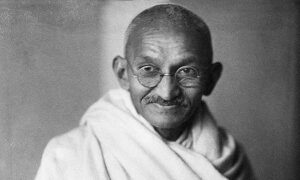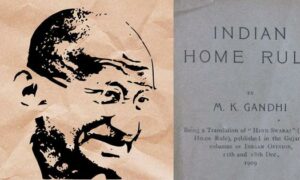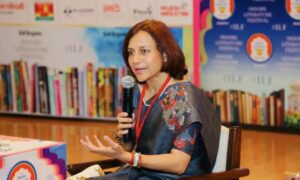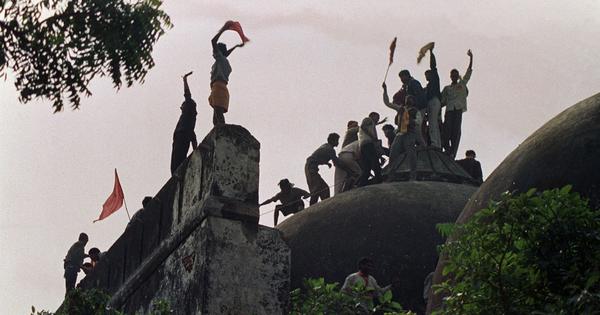
“Something has shifted, something has changed, something has broken in India after the momentous ruling on the disputed land in Ayodhya.”
I wrote these words days after the unanimous historic ruling by a five-judge bench of the Supreme Court in 2019 that awarded the entire site, where once stood the imposing medieval Babri Masjid, to Hindu litigants for building there a temple to Ram. The mosque had been brought down by marauding mobs in the winter of 1992, a demolition that many feel was the most tragic day in free India’s history after the assassination of Mohandas Gandhi.
These words returned to haunt me many times in recent months.
First, after the judge who came out as the author of the unsigned verdict claimed that it was god who guided him in writing that judgement, and that he is a devout Hindu. So, according to him, a Hindu god guided him in writing a judgement which was a religious dispute between Hindus and Muslims.
And again, now, when the same judge declared that it was the building of the mosque by a military commander of Mughal emperor Babar in 1528-’29 that was the “fundamental act of desecration”, not its razing to the ground by a frenzied throng in democratic India in 1992, in defiance of the law, the directions of the Supreme Court and constitutional morality. This amounted to a moral defence of the flattening of the mosque by mob violence.
The moral and political positioning of DY Chandrachud, who until November 2024, held office as the Chief Justice of India’s Supreme Court and was the author of the 2019 judgment that awarded the land laid waste by the mob razing of the medieval Babri mosque for the building of a temple to Ram, came under searching public scrutiny after a series of unconventional interviews that he gave to various journalists. His observations reflect an unmistakable fidelity to the core ideological standpoint of Hindutva of the Rashtriya Swayamsevak Sangh and its political arm, the Bharatiya Janata Party.
The highly public religious ceremony of consecration of the Ram temple led by the prime minister on January 22, 2024, on the land where the Babri Masjid was razed, was made possible by the order of the Supreme Court that DY Chandrachud authored, handing over this entire land for the building of the temple. Mohan Bhagwat, the supreme leader of the Sangh, spoke of the consecration of the temple to Ram as marking the “true independence” of Bharat, ending centuries of “parachakra” or foreign invasion.
Days after the consecration ceremony, the Union cabinet congratulated the prime minister in words notably similar to those the ones that the Sangh chief was to later articulate. The cabinet declared that in 1947, only the body of India was freed. Its soul was freed when the Ram temple was consecrated at the site of the Babri Masjid. And then Chandrachud described the building of the mosque as the “fundamental act of desecration”, in this way tacitly justifying its demolition and the building of the Hindu temple over its ruins.
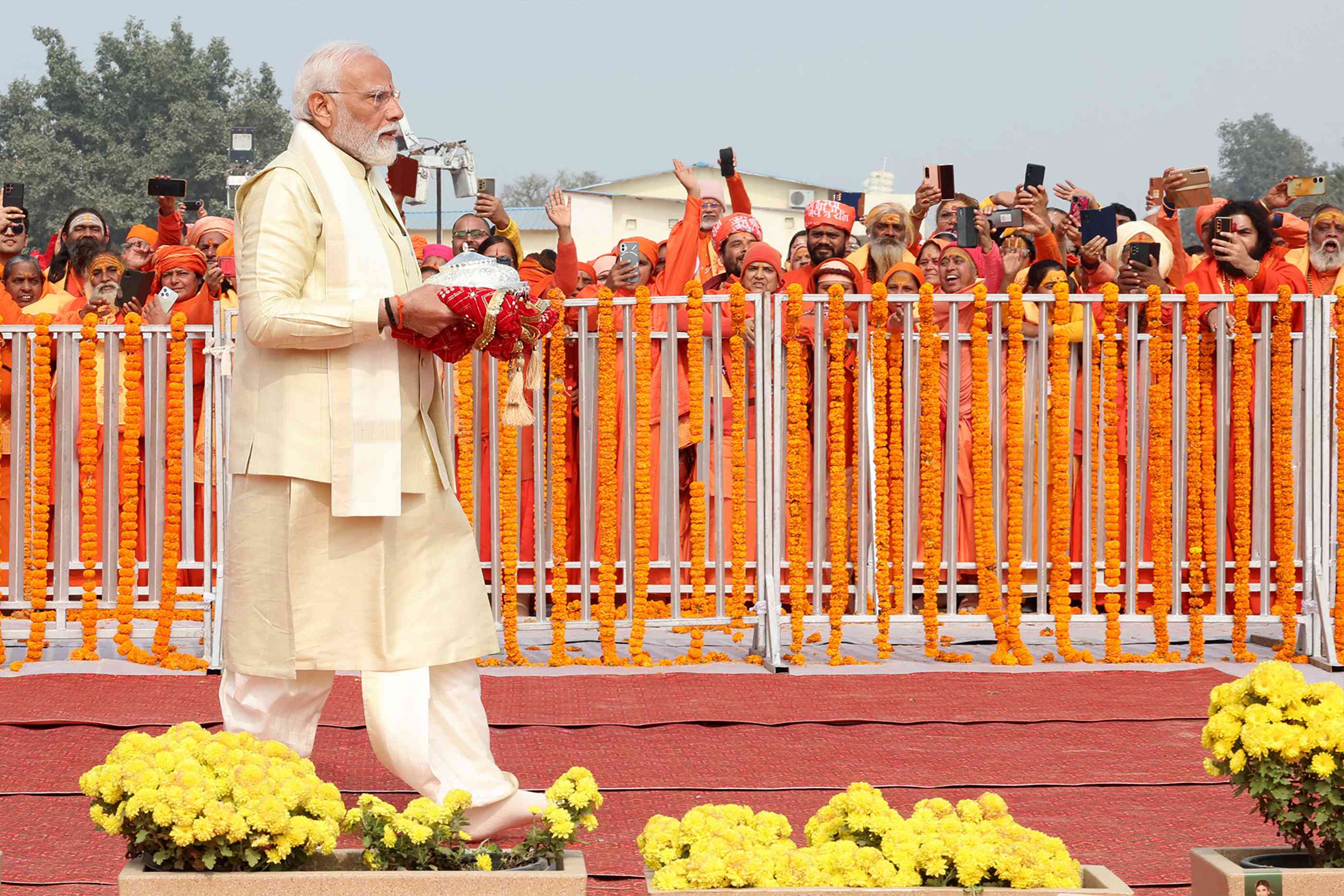
All of these three public articulations, by the union cabinet, the RSS chief and now the former chief justice of India closely conform to the Hindutva version of history. Often verbalised by the prime minister, this is that the Indian people have endured bondage not only to British colonial rulers for two centuries but that India’s much more ferocious enslavement was to Muslim “foreign invaders” who despotically ruled India for 1,000 years. They were uniformly cruel, brutal bigots who demolished Hindu temples, insulted the Hindu faith, raped Hindu women and forced Hindus to convert in droves to Islam.
In history textbooks recently revised by the Modi government, even Mughal emperor Akbar is reinvented as a religious bigot. It is this highly flawed, incendiary communal rewriting of Indian history that DY Chandrachud tacitly endorses when he characterises the construction of the Babri Masjid in Ayodhya as the act of fundamental desecration, but not its erasure by a violent mob in 1992. The demolition, by implication, was not a criminal act of communal aggression and violence that sparked a series of bloody riots. Instead, it was a defensible act of restoration.
It is this same ideological reasoning that also led him to allow the survey of the Gyanvapi mosque in Varanasi despite the unambiguous prohibitions of the 1991 Places of Worship Act, taking recourse to the convoluted logic that the 1991 statute barred changing the religious status of religious shrines, but it did not prohibit investigating their religious status. He claimed he did this because it is undisputed that Hindu prayers continued in the cellar under the mosque for centuries.
This is both factually untrue, denied by the Muslim litigants, but also it does not explain his contradictory reading of the letter and spirit of the law. By this verbal order, he opened the doors wide open for many claims of mosques built by demolishing temples in some time in history, guaranteed to ignite across generations communal hate, resentment and bloodletting.
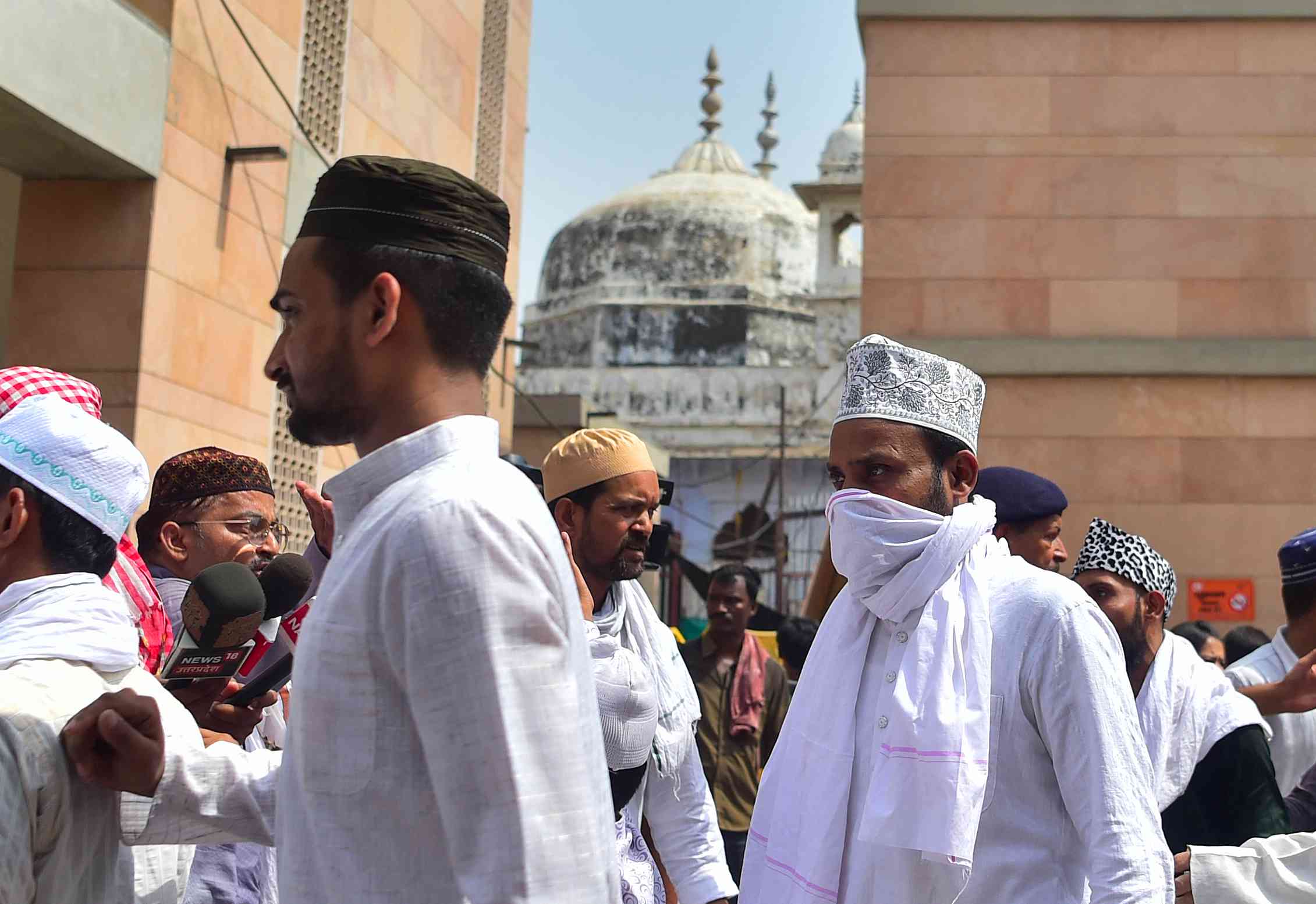
There are many tangled problems – empirical, historic, legal, moral and constitutional – with his claim that the building of the mosque in 1528-’29 was the act of fundamental or primary desecration. His defence of the 2019 judgement handing over the land for the building of a Ram temple that stems from this premise, is more muddled and inconsistent in logic than even the judgement itself.
First, this claim contradicts the findings of his own judgement. The judgement quotes archaeological findings that the ruins of another place of worship – possibly Hindu – lay under the Babri Masjid. But the research affirms that around four centuries had elapsed from the time the original shrine fell into disuse. This makes clear that the mosque was not built by demolishing the original shrine. The archaeological research does not even confirm that the shrine was demolished four centuries earlier. It might have been destroyed by a natural calamity, or otherwise abandoned. Where, then, was the desecration caused by the construction of the mosque that Chandrachud points to?
Even beyond the findings of archaeological research, there is a profound moral and legal flaw in his argument. If there have been historical wrongs by people of any particular identity centuries earlier, in what way is it ethical, just or lawful to correct real and alleged wrongs of history by causing harm or loss to people of that identity today? And if society affirms that such corrections are justified as retribution or restoration for historical wrongs, then why should these be selective?
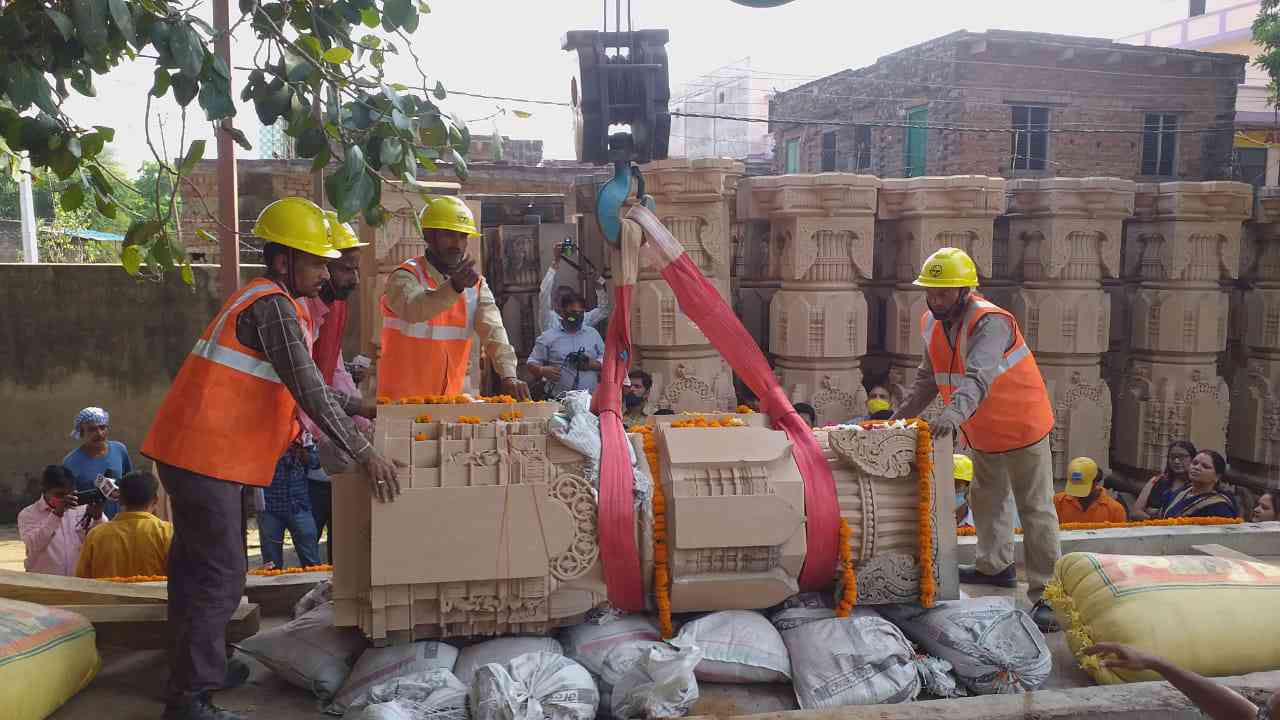
It is indisputable that privileged castes have unrelentingly subjected persons born into disadvantaged castes to unspeakable persecution, including forced labour in work considered unclean, sexual violence, denial of education and rights of shared worship, and countless other daily humiliations and discrimination, for at least 2,000 years. Women of every caste have been subjected to a subordinate status, a punishing battery of denials including of agency, education and work, and unremitting violence. These dwarf the real or imagined atrocities by Muslim rulers. Then, if retribution for crimes of history is acceptable in law and public morality, why should we not begin with advantaged castes and men?
The judgement itself that the former judge sought to defend also contains many mystifying leaps of logic. The judges accept that there is no evidence of the mosque having been built by demolishing a temple. The court is also mindful that the site for building the temple was the result of at least two criminal acts.
The first of these was the surreptitious and unlawful introduction of an idol of Ram in the mosque in 1949 which led to interrupting worship in the mosque. The second was the destruction of the mosque in 1992 by a frenzied mob, celebrated and egged on by senior leaders of the BJP, and in brazen defiance of orders of the Supreme Court and the constitutional guarantees of equality of all religions.
This left in its trail thousands of deaths in a loop of communal massacres and a shredded social fabric. The judges describe this as an egregious criminal act. Despite all of this, those who broke the law in this egregious way were rewarded, and those who adhered to the law were punished.
The same legal and moral illogic characterises the arguments former judge Chandrachud now marshals to defend the historic 2019 ruling which he authored on behalf of five judges. He said the legal rights accruing from adverse possession were not given to the Muslim litigants because Muslims “had not established uncontested absolutely certain continuous possession to the entirety of the structure”, although it is accepted that Muslims prayed at the mosque continuously at least for a 100 years.
On the other hand, no one had objected to Hindu worship in the outer courtyard, so they qualified for adverse possession. This again meant that the Hindu litigants had resorted to unlawful disruptions to Muslim worship, while the Muslim litigants had adhered to the law and respected the Hindu rights of worship. But this was again being held against them while those who broke the law were rewarded. The Muslims were punished because they chose to abide by the law rather than fight extra-legally.
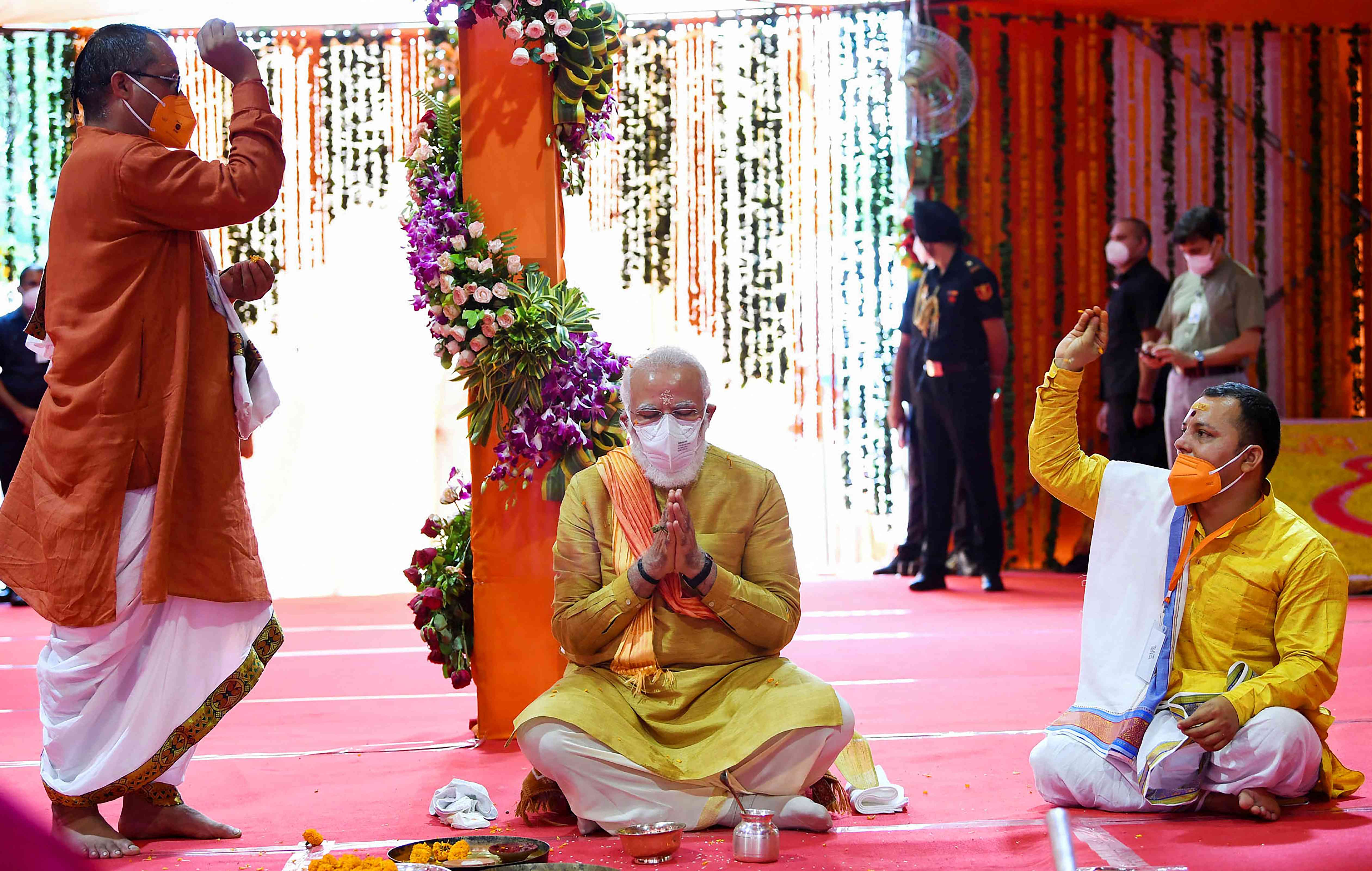
The question also arose whether the rulings of the court were founded on faith or the law. One unnamed judge amongst the five in the bench that heard the matter wrote in an addendum to the main judgment that he supported the ruling because of the religious beliefs of Hindus. The main body of the judgment also contains the claim that Hindus believe that the disputed piece of land was “the birthplace of Lord Ram, the incarnation of Lord Vishnu”.
This is first factually untrue. There are many temples in Ayodhya that claim to be the place where Ram was born. And some worshippers believe that Ayodhya was located elsewhere. More pertinently, how can this be germane in the judgement that is claimed to be founded not on faith but firmly on the law? The waters are muddied further by later claims by Justice Chandrachud that it was god who guided him to write the judgment.
When asked why Muslims were not awarded land on part of the disputed site to build a mosque, the justification offered by Chandrachud was odd for a judge who is called upon to reflect on questions of law in a title suit. The judges chose not to do this, he said, because they did not want to “perpetuate the very same state of affairs which has led to untold violence, conflict over centuries”. They seek to restore social peace by a judgment that is transparently unjust to the legal and constitutional rights of the Muslim litigants, and by implication the larger Muslim community.
What is at stake is not simply the reputation and credibility of one judge who held the highest office in the land and was charged with being the final arbiter to dispense justice. The conclusion is hard to evade that he profoundly failed to defend India’s secular democratic constitution. But the rot goes much deeper. It is evident that India’s democratic institutions including the courts have not been able to halt the triumphal march of majoritarian political formations that radically deviate from, or are even hostile to, India’s constitutional consensus of a republic of equal belonging and equal rights for people of every faith and identity.
India is today witness to a state that is effectively at war with its Muslim citizens, violating their many constitutional rights. At such a time, the judiciary is the last port of call for persecuted minorities. But if India’s judges reveal and even flaunt their commitment to majoritarian ideologies that subvert and deny the guarantees of India’s secular democratic constitution, then where can they turn?
As I wrote after the 2019 Ayodhya ruling:
“The judgment is, in the end, an intensely worrying signpost of where our country is headed. The direction has been unmistakable for some years now. However, we had still hoped that India’s highest court would steady our ship in the frightening darkness and perils of this enveloping storm; that it would rise to fight the winds and return us to the course of peace and equal citizenship that was imagined in our freedom struggle and pledged in our constitution. But that was not to be. History will long remember this moment, for what it was, and for what it could have been”.
I am grateful for research support from Sumaiya Fatima.
📰 Crime Today News is proudly sponsored by DRYFRUIT & CO – A Brand by eFabby Global LLC
Design & Developed by Yes Mom Hosting

